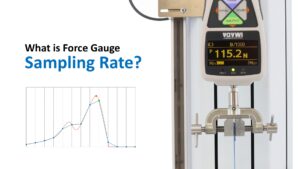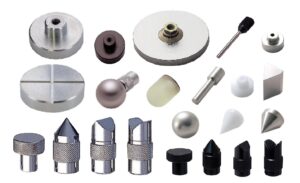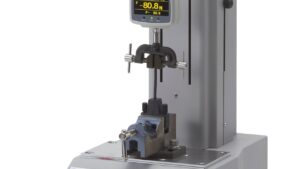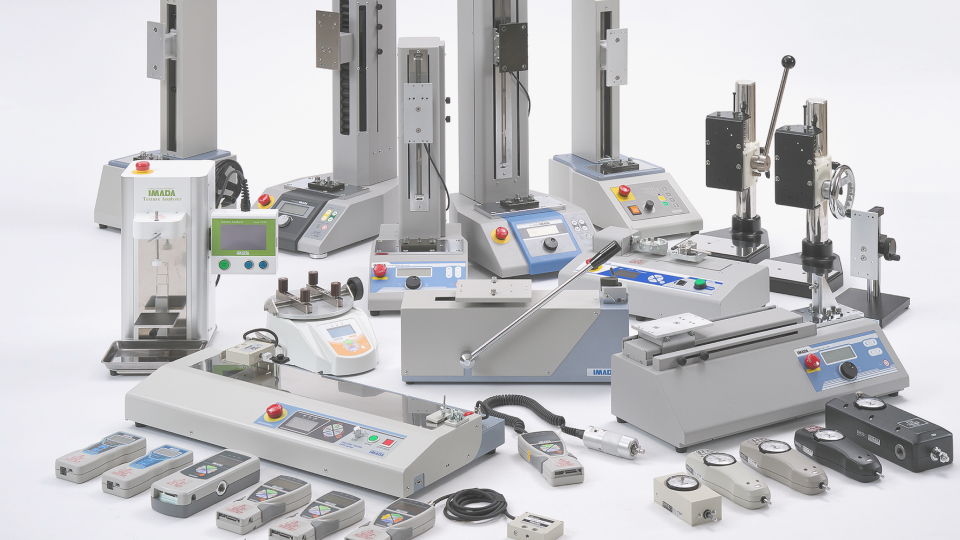Q.
For the new product development, measuring the tensile strength of materials became necessary. According to predictions, the maximum tensile strength will be approximately 400N. We need your advice on which Force Gauge is most appropriate for the particular measurement.
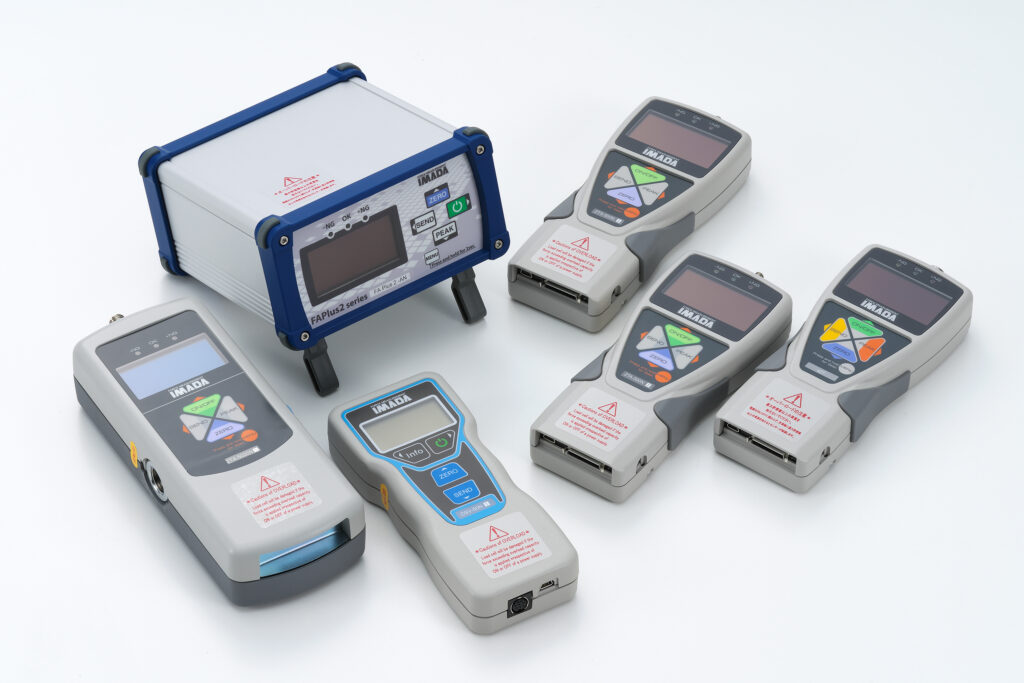
A.
Please refer to the product specification sheets on our website for the digital force gauges and their Capacity section. (e.g. ZTS specification sheet)
For example, The Model with 500N capacity can measure up to 500N (Newton).
However, for the measurement of 400N, you are required to use the force gauge capable of measuring more than 400N (around 20 – 200% more in general cases, depending on the types of measurement required, to prevent the possibility of *Overload)
*Overload is a condition in which the force gauge sensor is subjected to a force greater than the allowable value (the gauge capacity), causing it to malfunction and damage.
It means you must select the model with a higher capacity than the cmaximum force value you would be measuring, but how much higher is the question? If it is for the Shock or Breaking Test, the answer is approximately twice the expected force value to be measured. Which in this case would be 400N x 2 = 800N
Next: The Accuracy and the Accuracy Error
It is also essential to check the Accuracy and the Resolution for Model selection.
So, refer to the Specification again. For example, the accuracy of a force gauge stated: *±0.2%F.S.*±1digit.”
Now, the ”F.S.” and ”digit”
“F.S.” = Full Scale: The capacity of the force gauge.
“digit” = the displayed digit: The smallest value indicated is 1 digit.
For example, the IMADA Force Gauge ZTA series display shows “4-digit with sign decimal point” (4 numerals).

When the force value measured is 400N, the IMADA force gauge of capacity 500N, “400.0N,” is displayed.
The force value displays the minimum value up to the first decimal = 0.1N.
If the force gauge accuracy is ±0.2%F.S. ±1 digit, the accuracy is ±0.2% of the gauge capacity and the display error ±1digit is added.
The following is to calculate the accuracy error.
(Example)
・Accuracy is ±0.2%F.S.±1digit
・Use a 500N Capacity Force Gauge. Which displays up to the first decimal place.
・When Force Value measured is 400N, displayed as 400.0N.
Therefore
The accuracy error is ±1.1N; ±(0.2%×500.0+1digit)= ±(1.0+0.1)= ±1.1
It means that even if it is displayed as 400.0N, the actual force value is precisely between 398.9N and 401.1N.
Differences in accuracy errors may occur when using more than one force gauge with different capacity. The number of digits displayed may differ depending on the capacity, leading to accuracy calculation value differences.
(Example)
・Accuracy is ±0.2%F.S.±1digit
・Use a force gauge with a range of 1000N. It can display up to one digit.
・When the measured force value is 400N, it is displayed as 400N.
Therefore
The accuracy error is ±3N; ±(0.2%×1000+1digit)= ±(2+1)= ±3
If it is displayed as 400.0N, the actual force value is precisely between 397N and 403N.
The accuracy error with the 500N capacity is ±1.1N.
The accuracy error with the 1000N capacity is ±3N.
With the same 400N force value measurement, the force gauges with different capacity have different accuracy errors. It is essential to check the specification of the individual force gauge and accuracy details depending on the purpose of measurement and the control level requirements.

One more parameter: Attachment Weight
Finally, additional notes on the weight of the Measuring Shaft Attachments.
Depending on the measurement and the sample types, the appropriate attachments are fixed to the measuring shaft of the gauge to proceed. The weight of the selected attachment must also be included as the force gauge load.

IMADA’s standard attachment (included in the Force Gauge package) A-1 is a small hook (refer to the image)
Designed to be used for tensile measurements, it weighs 3g. As explained on the *Overload earlier, if you use a force gauge with a maximum capacity of 2N, the 3g attachment adds a force of approximately 0.03N. Therefore, the gauge with 2N capacity will experience Overload it when the force applied to it exceeds 2.000N – 0.030N = 1.970N.
It is essential to include the weight of the attachment in the overall force applied and select the appropriate force gauge capacity to prevent any chances of Overload occurrences.
We have explained the capacity and the data accuracy, with some essential points when choosing appropriate force gauges. In this case, 500N or 1000N model would be the most appropriate depending on those conditions. We hope the information helps you select the appropriate force gauges for your needs. Please contact us for additional information on choosing suitable force gauges for your measurement needs from our Contact page on our website.

